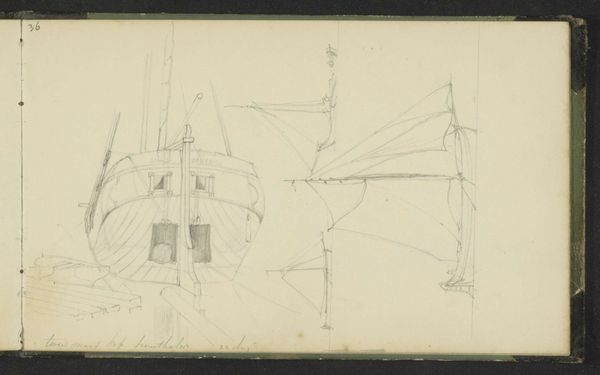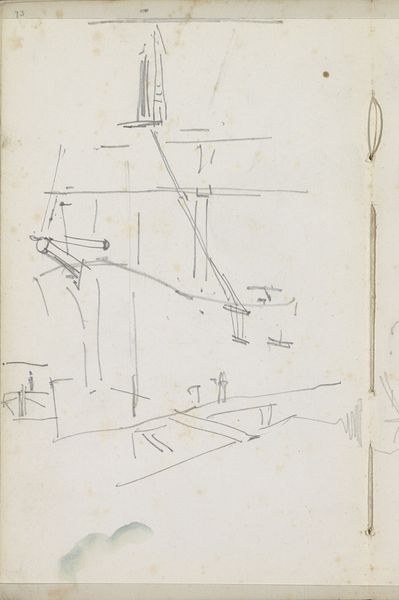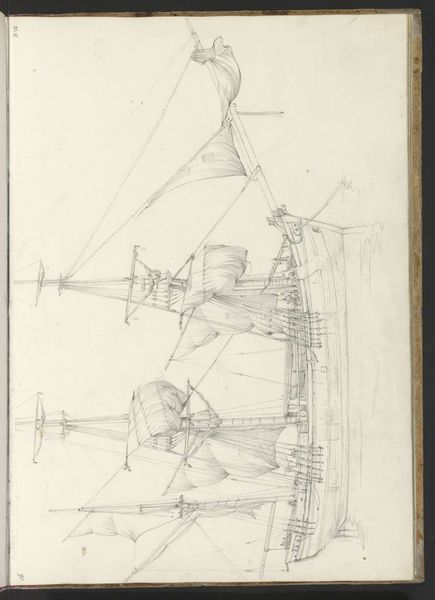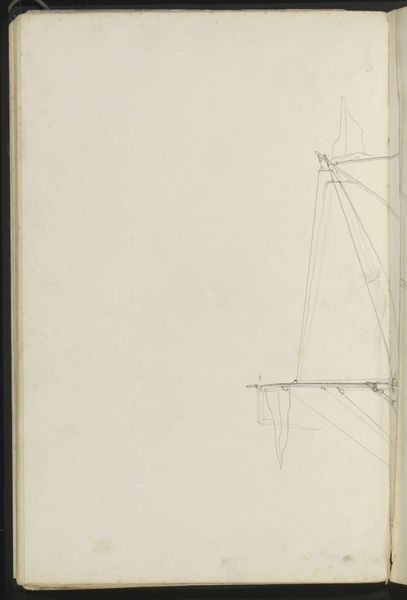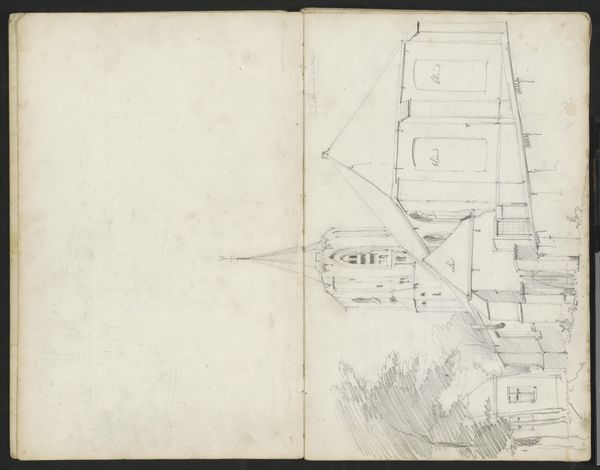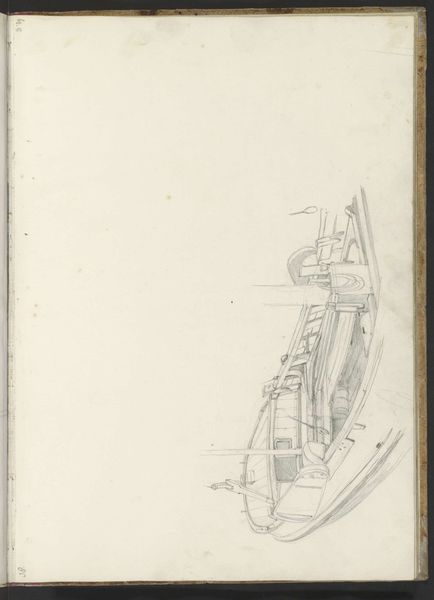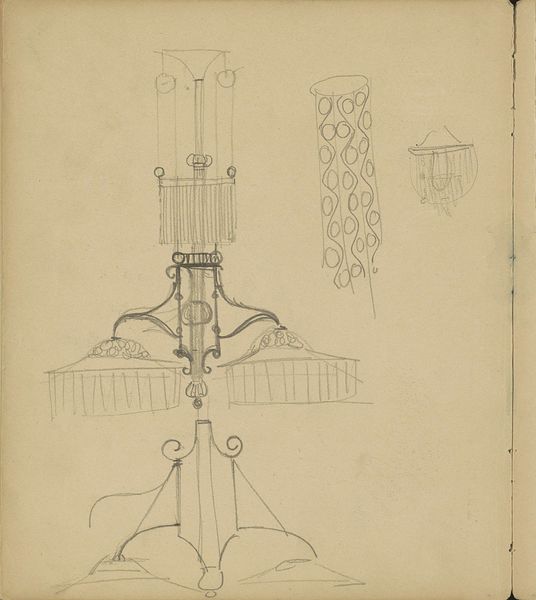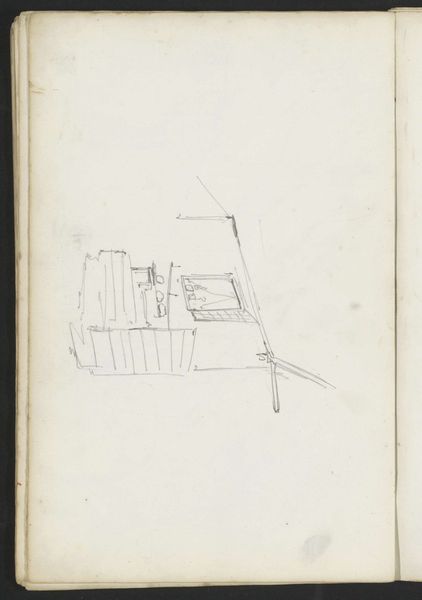
drawing, pencil
#
drawing
#
impressionism
#
landscape
#
pencil
#
realism
Copyright: Rijks Museum: Open Domain
Curator: Here, we have George Hendrik Breitner's "View of Two Mills, Possibly in Gorinchem," sketched between 1880 and 1882. What strikes you first? Editor: Its unfinished quality, almost dreamlike, like a faded memory barely clinging to the page. There’s a stark simplicity in the composition – just the bare bones of windmills. Curator: Precisely. Executed in pencil, it really does capture the essence of the landscape through these almost ethereal structures. It reflects Breitner's impressionistic leanings, his desire to capture a feeling, a moment, rather than meticulous detail. You see, windmills are far more than functional objects, and I wonder… Editor: Yes, a visual shorthand for Dutch identity. They evoke this cultural memory – labor, ingenuity, tradition, all caught up in these stark vertical lines. The sketch reduces them to potent symbols. It’s interesting that windmills so often are the setting or backdrop of violent crimes, aren’t they? Curator: Well, there's a strange dichotomy there for sure. As you suggest, they represent heritage and a slower pace of life, juxtaposed against what could be called “inhuman” acts of some sort. But even in the sketch itself, there's a feeling of transition, with elements that appear grounded versus unfinished spaces of possibilities. Editor: You're right, that tension really makes the piece. It suggests the precarious balance between progress and preservation, memory and future. Even the choice to render it in pencil speaks to impermanence, doesn’t it? It feels like a ghost on the page. Curator: Breitner wasn't just documenting, was he? His soul sought meaning through these symbols. As you mentioned, the choice of material does hint at a sort of provisionality or flexibility with these old monuments, in that way capturing how things evolve and what gets lost as they do so. Editor: This work lingers precisely because it embraces incompletion. It doesn't strive for polished realism, but for an emotive, almost primal connection with its subject. You almost wonder what the full memory contained within would mean… Curator: In a world saturated with images, this small sketch whispers, inviting us to fill in the spaces with our own imagination. Perhaps it is in what remains unsaid, unseen, that we uncover the artwork's most potent truth. Editor: Agreed. A subtle piece that speaks volumes, it suggests art doesn't have to show everything to mean something profound.
Comments
No comments
Be the first to comment and join the conversation on the ultimate creative platform.
